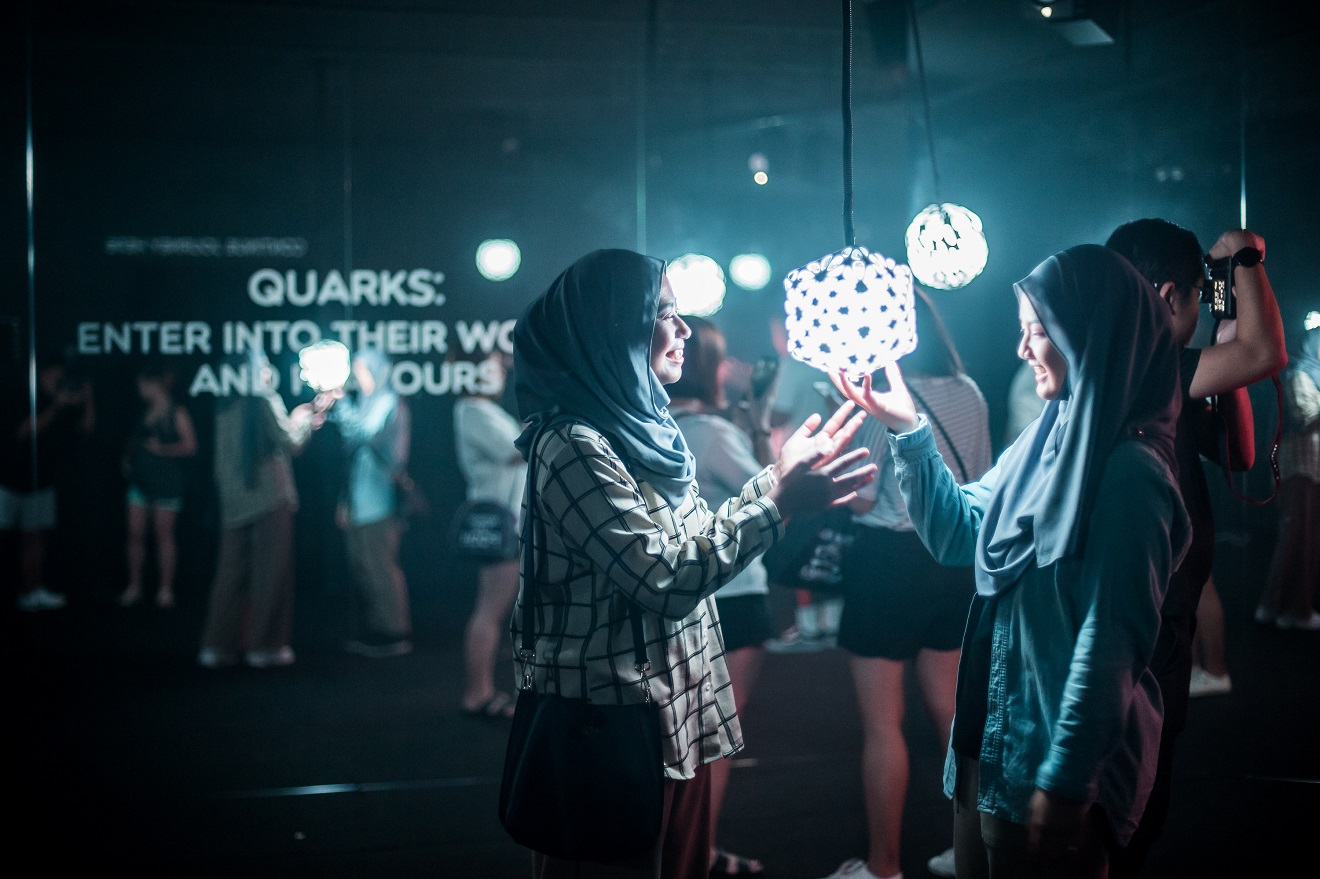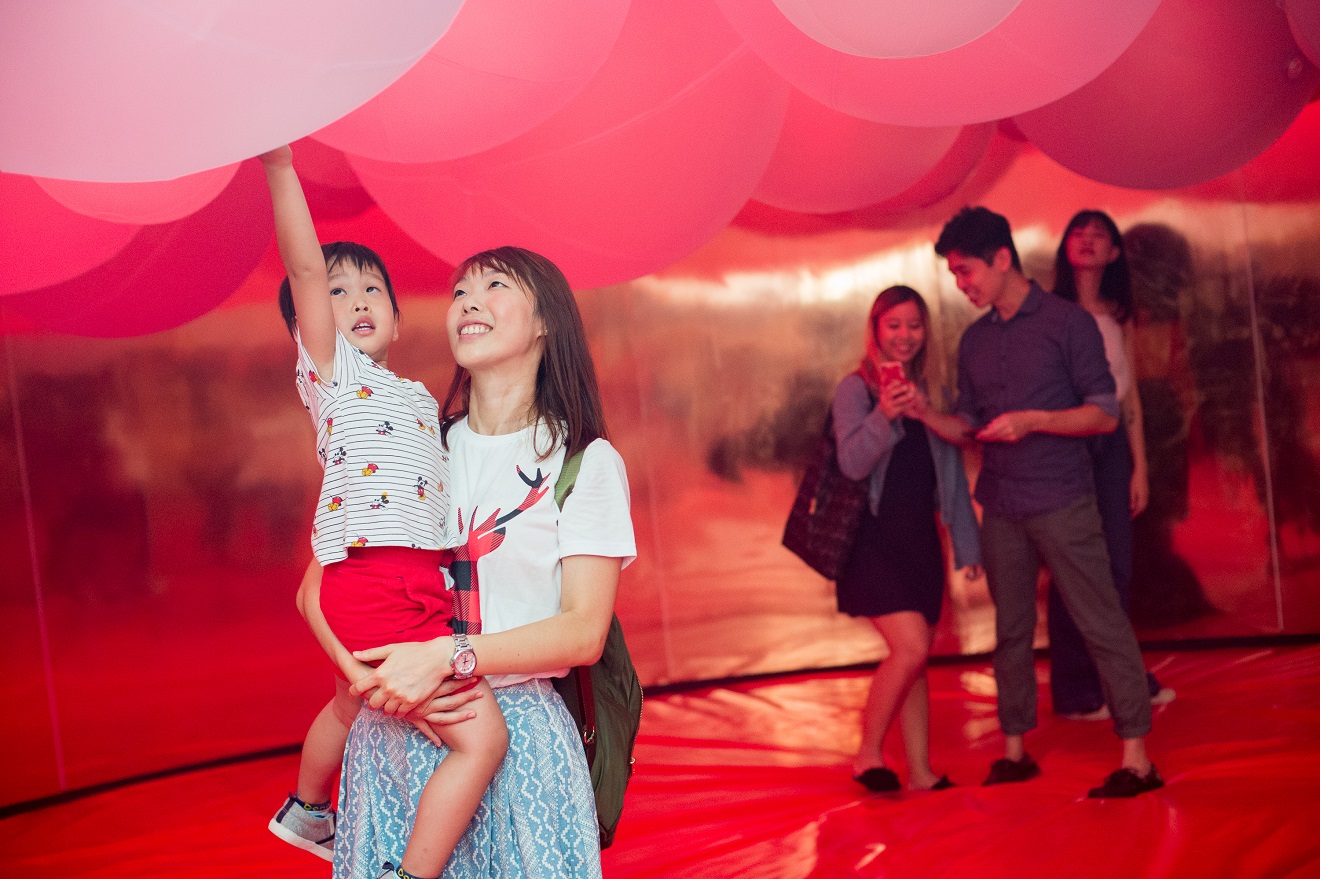Art events: Planning for popularity
Once the preserve of relatively narrow audiences of dedicated connoisseurs and collectors, the art business and art events are now reinventing themselves – and reaching out via social media – for a much wider appeal. Collecting art is bigger, more popular and accessible than it’s been in decades.
The focal shift has been consequential for event planners too. Nearly every aspect of the art event, from lead-up to location to exhibition programme, has been reconsidered to attract and engage a mass audience, increase visitor numbers and boost the ROI.
Converting the crowd from passive to active
Obviously, planning now consists of more than presenting a curated collection of paintings. To bring in and constantly replenish a bigger audience – much of which may know little about art – the event needs to engage people on an emotional level. The goal is to build a participatory, unique and sharable experience that tells a story about the art in dynamic new ways.
TRANSPORTA, a new attraction at this year’s i Light Singapore – Bicentennial Edition, brought all three qualities to the story of the universe. Rather than dozing through a lecture on the topic, visitors to the installation – of which there were more than 13,000 – waved, touched, swung, walked and pushed through a series of interactive portals. The installation responded to their actions with information conveyed via lights, sounds, projections and sensations.


Making big ideas relatable
Another, simpler approach to popularising what might be considered ‘dry’ subjects is demonstrated by the ‘Ideas Program’ of the Taipei Dangdai event at the Taipei Nangang Exhibition Center.
While basically a forum of international thinkers from the realms of archaeology, art history, science and technology, the ‘Ideas Program’ makes its topics accessible by contextualising them with contemporary issues familiar to a broad audience. Audience members were also encouraged to join in further discussions.
Notably, Taipei Dangdai’s target audience was even wider than that of mass millennials; the event also offered guided tours and activities specially designed to engage children in the arts. As well as being educational, the tours allowed participants to share their art experiences through livestreaming on Facebook. Workshop activities meanwhile used tech like augmented reality to animate children’s doodles and stir their artistic imaginations.
A site to remember
In many cases, a non-stereotypical venue can greatly amplify an art event’s exposure across a wide audience. Staging an event in a public area, shopping centre or even a home can physically bring it into the heart of a community and arouse curiosity. Where the usual gallery, showroom, museum or dedicated venue requires people to go out of their way to attend, executing in public and commercial areas bring an atypical experience to a typical lifestyle space.
In this respect, services like ArtsUp can be invaluable to planners. Working like an ‘Airbnb’ for venues, they connect planners with hosts offering everything from homes to shops to lighthouses for use as event sites.
Brands connecting fans
Bring a brand into an event, and their own audience will follow. Brands that are especially like-minded with the event can potentially also contribute to its content, adding yet another layer of engagement and experience.
A prominent example of this dynamic is Swiss luxury skincare brand La Prairie’s collaboration with South Korean artist Chul-Hyun Ahn. Ahn is famed for using light as a medium, and in a case of cross-inspiration, he created new works for Art Basel Hong Kong 2019 influenced by La Prairie’s ‘White Caviar’ collection.
Another brand-art synergy played a prominent role in another Hong Kong art event, Art Central 2019. There, candle and fragrance brand diptyque created an exhibition booth with paintings and multisensory experiences whose themes supported their values of quality and excellence while relating the story behind their unique aromas.
A varied, experiential approach to planning can succeed in broadening audiences and boosting visitor numbers at art events, but it is important not to diversify the experience to the point of diluting the event’s core purpose. Even when thinking out of the box, event planners must keep the intention of the art event close to their hearts.


